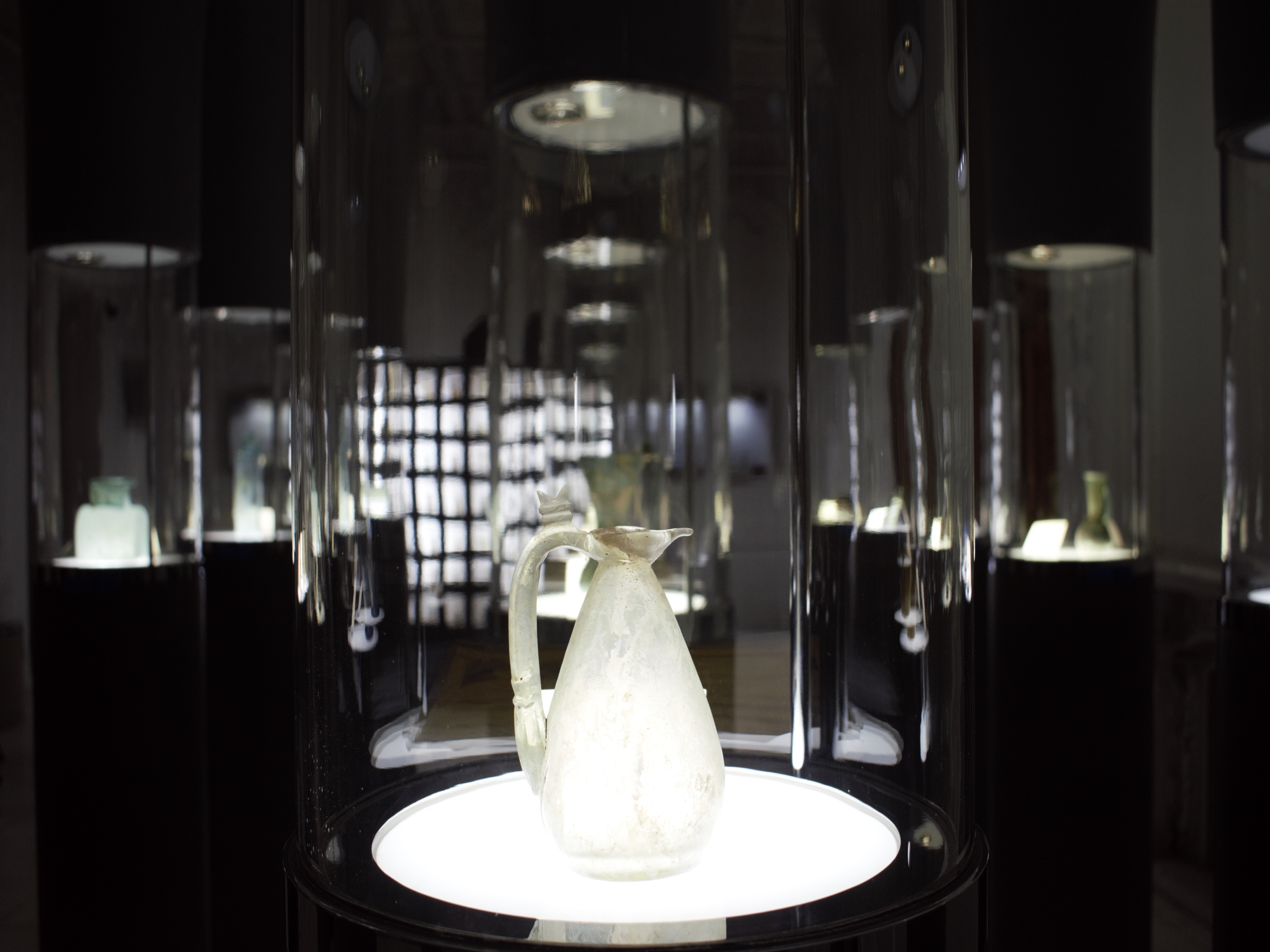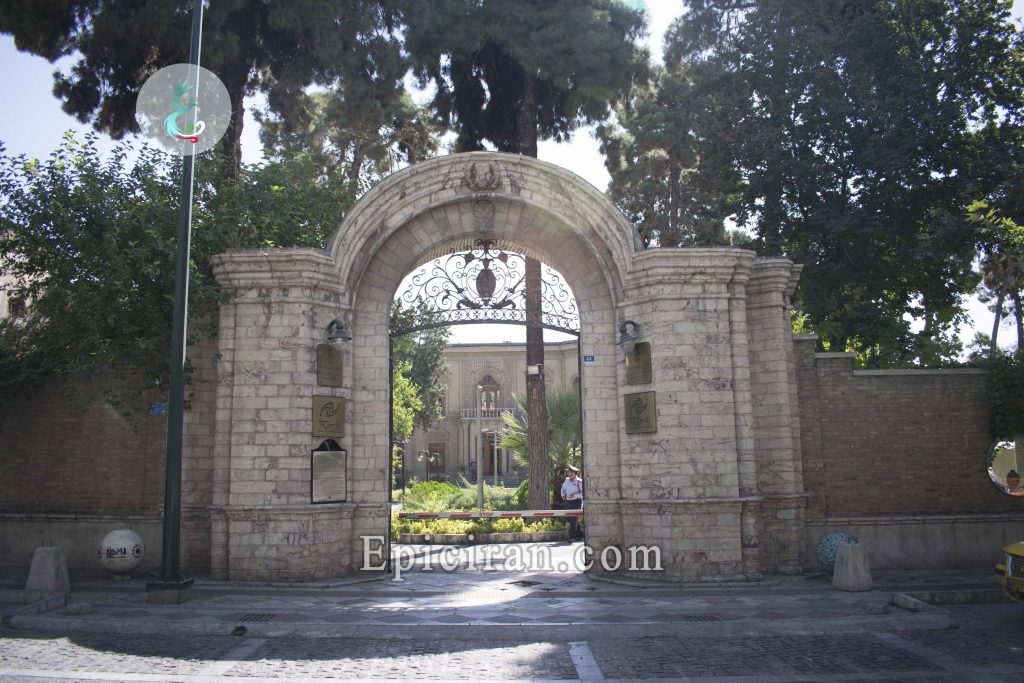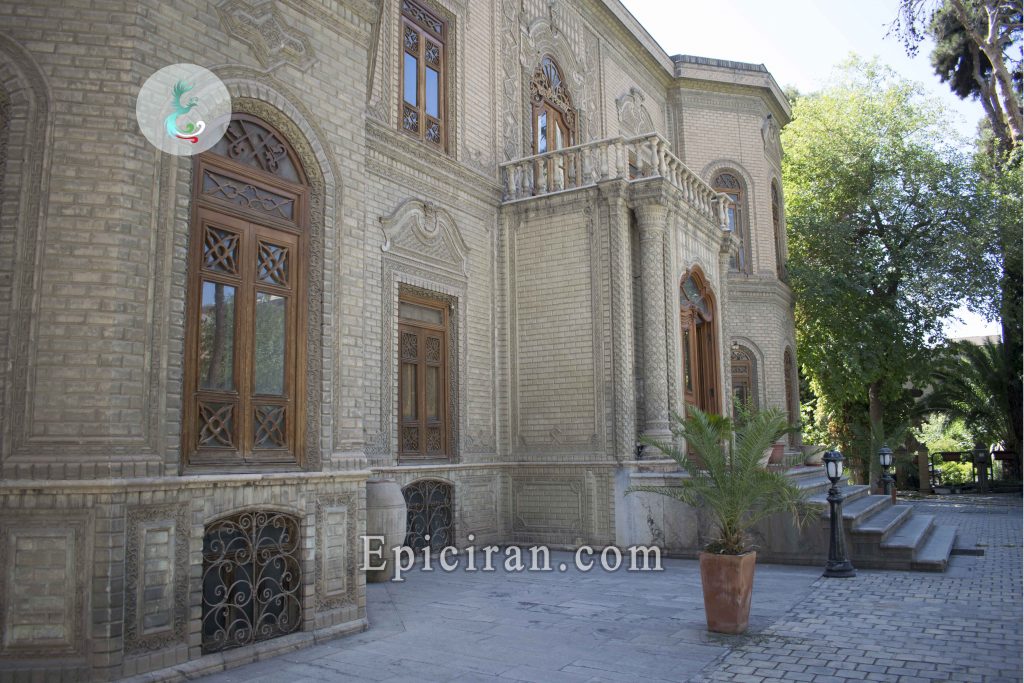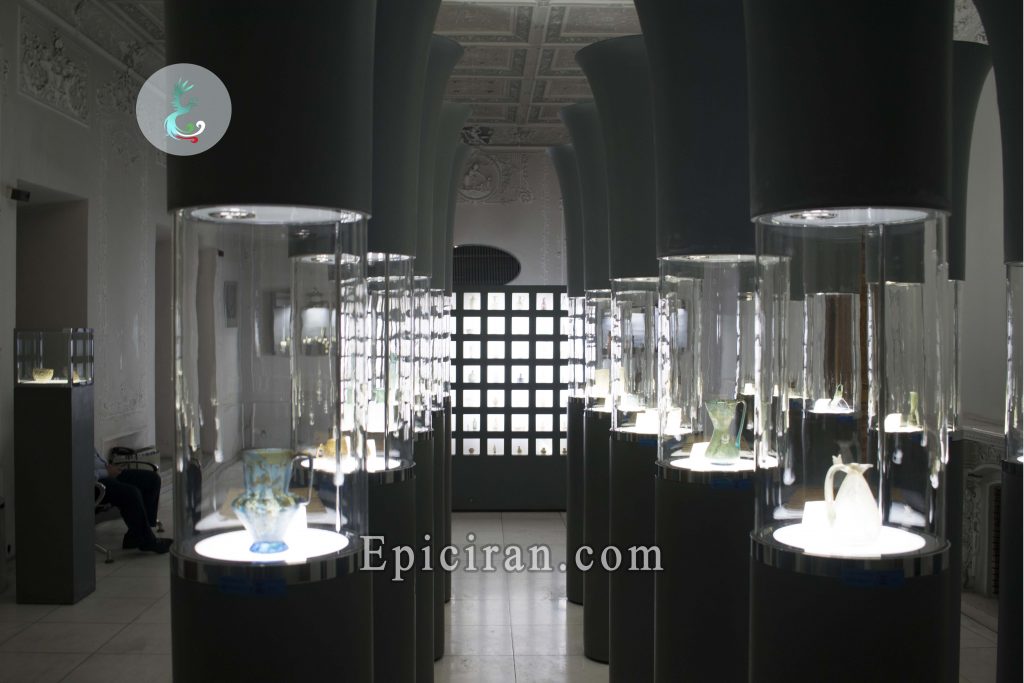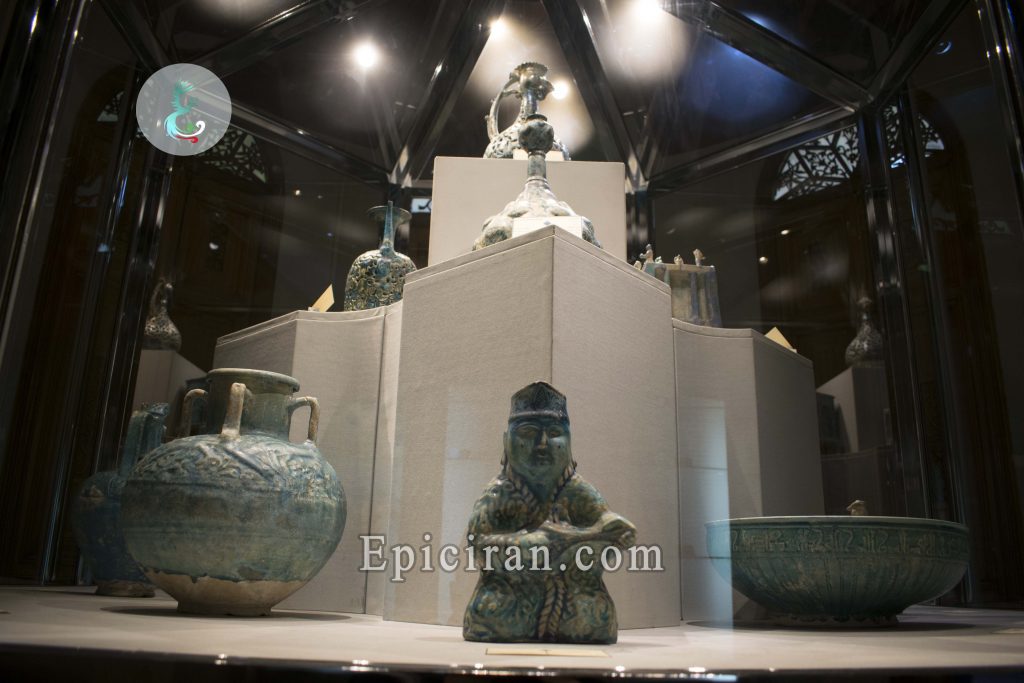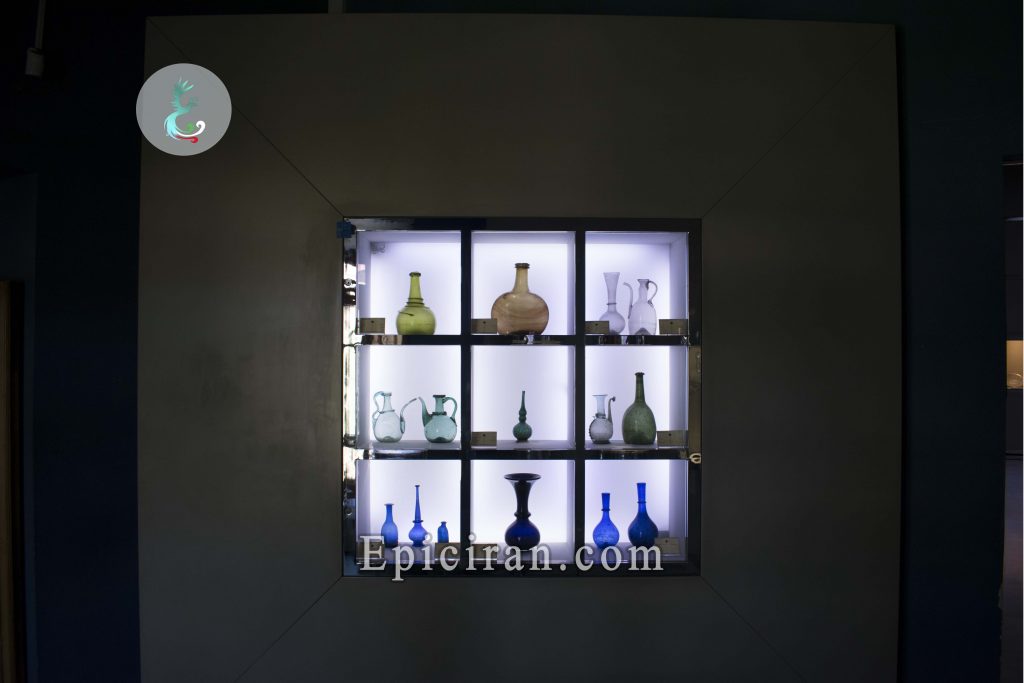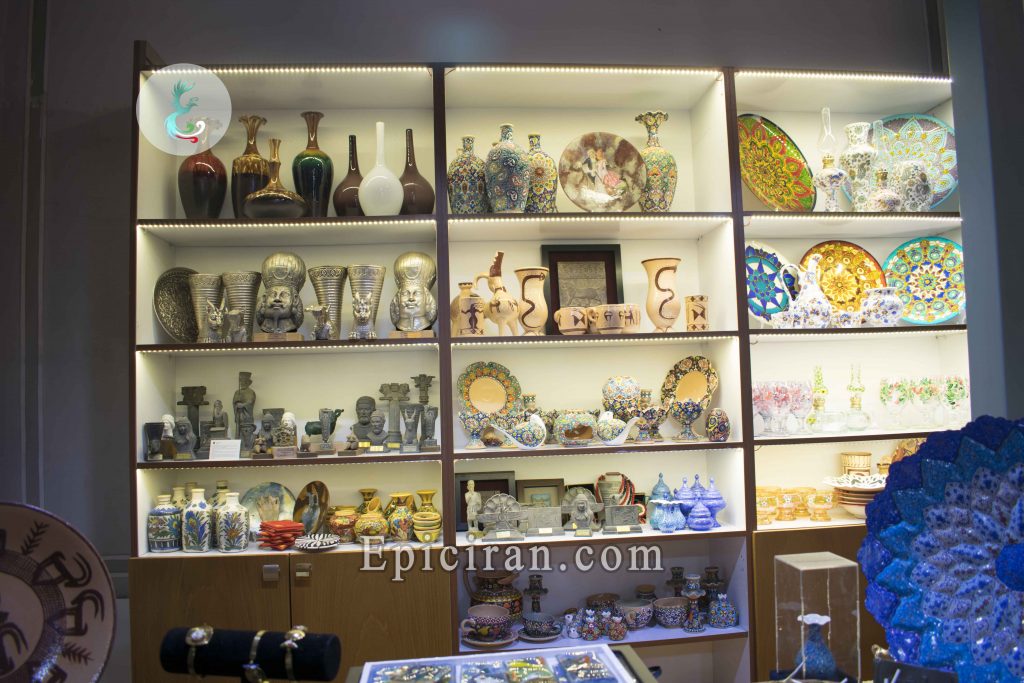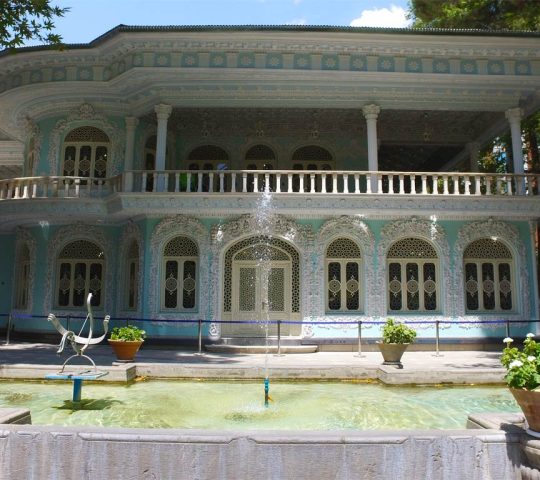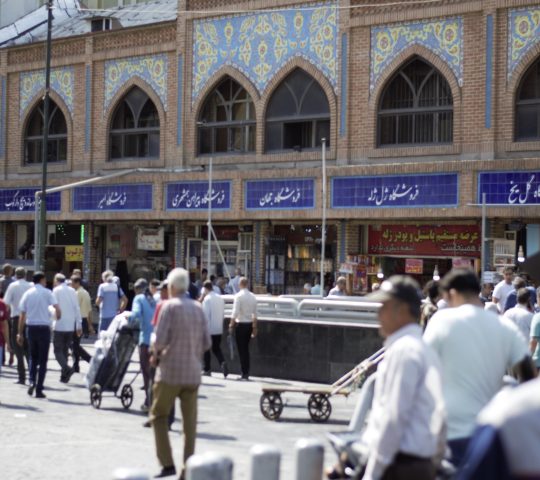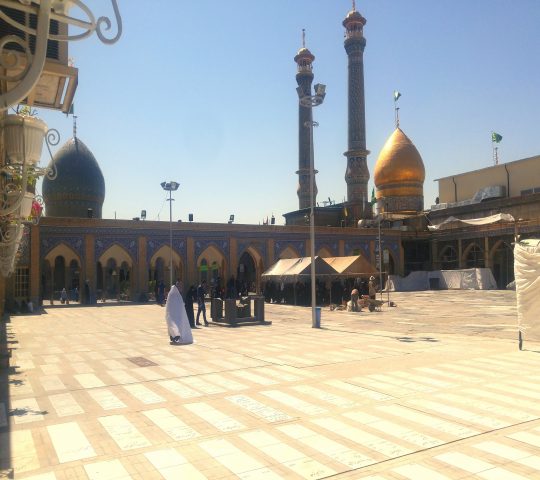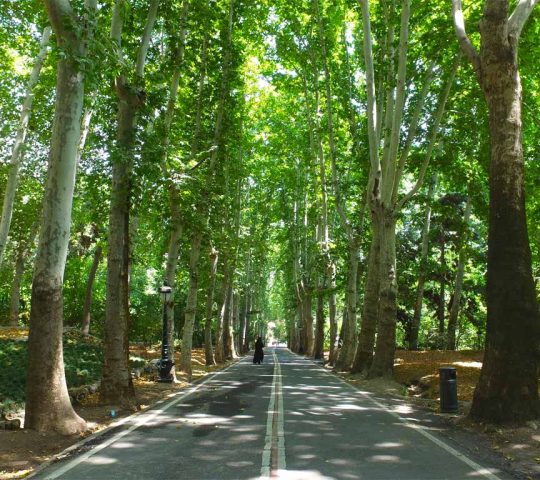One of the most popular and famous museums in Tehran is the Glassware and Ceramics Museum that many of which are known by its short name, the Glassware and Ceramics Museum, which is the site of glass, pottery, and ceramic that has been discovered from the old to the present day. The museum setting in a beautiful and historic building dating back to the early days of the Pahlavi regime in a garden of 7000 m2 in 30th Tir St; a magnificent house built by Iran’s politician and prime ministers, Ahmad Ghavam and then was used as the Embassy of the Egypt and Afghanistan.
In 1975, the house of Qavam has been sold to Farah Pahlavi’s office and turned into a museum. Four years later, the museum was officially opened, and its home and garden were listed on the Iran National Heritage List in 1998.
The two-story building architecture of Glassware and Ceramics Museum can be divided into three parts:
The first part of the initial plaster was executed 90 years ago at the time of construction of the monument.
The second part of the plasterboard was executed when the building was owned by the Egyptian embassy and its style is mostly inspired by European architecture.
The third part is the plasters of the 2nd floor that was made by ICHTO in 1989.
Decorative bricks inspired by the rule of the Seljuk Empire, mirrors, and carvings are other architectural attractions of this building. Six halls have been designed on two floors of the museum, each hall is included a specific part of the pottery, ceramics, and glassware history of Iran, mainly belonging to the 18th and 19th centuries that linking through wooden staircases. Some of the glasses of the museum dating back to the first millennium BC and the Sasanian era.
The Glassware and Ceramics Museum Store, temporary galleries, and museum library with about 4,000 art books are other parts of the museum.

